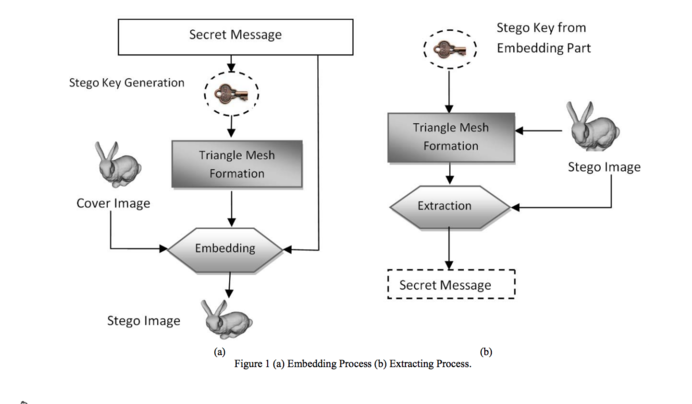Interfacing the law project proposal Zalan Szakacs: Difference between revisions
No edit summary |
|||
| Line 27: | Line 27: | ||
[http://www.plummerfernandez.com/Disarming-Corruptor Disarming Corruptor] | [http://www.plummerfernandez.com/Disarming-Corruptor Disarming Corruptor] | ||
<br> | <br> | ||
[https://gizmodo.com/a-smartphone-can-copy-3d-a-model-by-just-recording-the-1762851946 pirating 3d prints by listening to the printer] | |||
<br> | |||
=Questions to think about= | =Questions to think about= | ||
*Which part of the collection should be hidden? Why? | *Which part of the collection should be hidden? Why? | ||
Revision as of 21:20, 14 May 2018
Research about 3D Steganography
Redesigns of the 3D printed gun
3D Steganography talk by Dennis de Bel
3D Steganography 3D printing project by Dennis de Bel
Pattern based 3D image Steganography
Embedding data in 3D models
A High Capacity 3D Steganography Algorithm
A High-Capacity Data Hiding Method for Polygonal Meshes?
Object Steganography, Noah Feehan (2012)
Disarming Corruptor
pirating 3d prints by listening to the printer
Questions to think about
- Which part of the collection should be hidden? Why?
- Based on which metadata variables are the shapes created?
- Which feature would transform the 3D generated shapes into 3D printable files?
- Who:
Who is using it? Only PZ?
- What:
Most important features?
- Where:
local? networked? physical space?
- When:
temporary? always available?
- Why:
what is the goal?
- How to make it interesting and expandable?
Project proposal
- 3D steganography version of the library
- 3D shapes printed with the 3D printer from the school
- circumvention of censorship
- simhash process + MD5 Hash - showing the visability in the 3D shape (shows the evolution of the collection)
- with a 3D scanner it will be possible to access the collection of the library again
- mirroring and visualising the collection
- alternative way of looking at the collection
- compression
- time capture in 3D file
What would be an alternative way of looking at the collection?
An additional feature of the X-Lib is the 3D steganography library based on WebGL. Parts of the collection such as links or PDF's are transformed based on the metadata into 3D shapes. Through a stenography script the source link (simhash or MD5 hash) will be decrypted inside of the 3D shape. During the transformation phase the platform generates an encryption code as well. The 3D generated shape will be possible to 3D print as well. With help of a 3D scanner the 3D shape could be scanned and with the encryption code the original content would be revealed. This project explores new possibilities of mirroring and visualising digital libraries in physical manner.
Steps to take
→
Resources
A High-Capacity 3D Steganography Algorithm With Adjustable Distortion
3D image watermarking
Watermarking of 3D Meshes using Matlab

